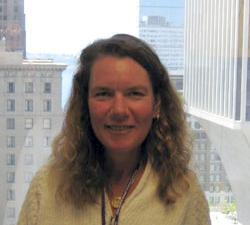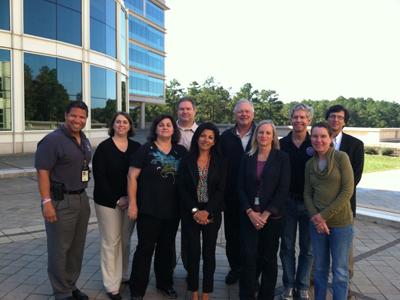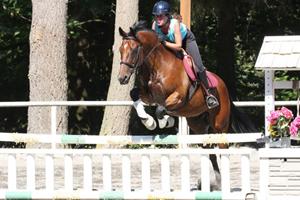Meet EPA Environmental Scientist Kira Lynch

Cleaning Up Contaminated Sites
Environmental Scientist Kira Lynch is currently the Superfund and Technology Liaison in EPA’s Region 10 (Alaska, Idaho, Oregon, Washington, and 267 Indian Tribes), where she uses her expertise in characterizing environmental contamination to help evaluate and clean up hazardous waste sites. She is a member of the EPA Engineering Forum.
Prior to her current work, Lynch served for ten years as one of the Army Corps Innovative Technology Advocates. She has worked on numerous training efforts to provide cutting edge guidance on the use of innovative cleanup approaches. She has also been involved in the design and evaluation of several Department of Defense Environmental Security Technology Certification Program research projects and has served as an advisory committee member for the University of Washington NIEHS Superfund Research Program grant.
- Superfund (CERCLA) in the Pacific Northwest and Alaska
- Environmental Security Technology Certification Program (ESTCP) Exit
How does your science matter?
I’m a Superfund and Technology Liaison. I serve as the link between the program offices and the researchers across EPA that work on projects relevant to Superfund site cleanup. The Superfund program is designed to clean up hazardous waste sites, many of which have been abandoned. For example, these could be large military bases where testing or training has occurred that aren’t safe to be used again until they are cleaned up.
- Superfund - the federal government's program to clean up the nation's uncontrolled hazardous waste sites.
The Superfund program really applies EPA’s mission to protect human health and the environment. Cleaning up contaminated sites also prevents future problems, such as groundwater contamination from large amounts of waste improperly stored or managed, as well as contamination of lakes, rivers, and soil. Exposure to contamination in soil could come from breathing it in or from touching the soil. Those kinds of exposures could happen to children who are outside playing in their own yards so it’s important that we prevent them.

If you could have dinner with any scientist, past or present, who would you choose and what would you ask them?
Louis Pasteur. I’d like to ask him how he knew to follow his instincts on observations that were completely outside the realm of popular thinking at the time. The concept of germ theory and being able to look at the use of vaccines for things like rabies, was all based on that level-headed, observational approach that was different from everyone else’s thinking at the time.
What do you like most about your research?
I enjoy applying the best science to problems we are having right now and seeing how our researchers and others can solve them.
Our understanding of how contaminants are distributed in the environment and how people are exposed to them has changed over time. We are constantly improving how we look for contamination, while learning how much more complex the problem is than we originally thought.
When did you know you wanted to be a scientist?
At camp in sixth grade, I discovered what it was like to look under a microscope and see all the different things in pond water. That was when my interest in science really started.

Tell us about your background.
I have a Bachelors of Science in Environmental Toxicology from the University of California Davis. I got a Masters of Science in Environmental Management from the University of San Francisco.
If you were not a scientist, what would you be doing?
I think I would be raising horses in Montana. I grew up with horses and I still ride when I have free time.
Any advice for students considering a career in science?
Try to get some practical experience and internships. I worked with the United States Department of Agriculture for two summers, and I did lab rotations while I was at UC Davis. Those experiences helped me understand how science is applied in the workplace, as well as the practical application of experimental design to answer real-world questions.
